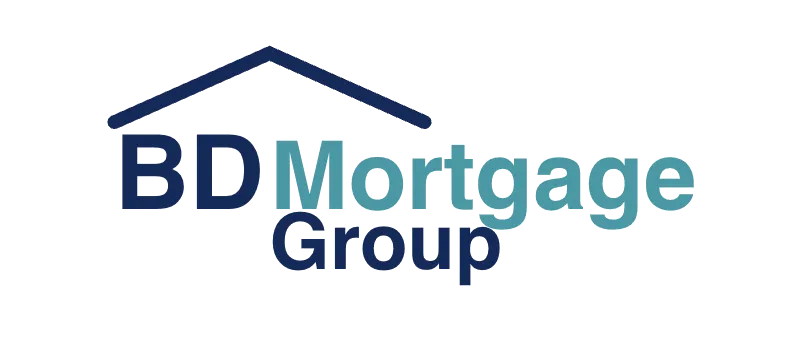ATTENTION: Homebuyers
Conventional Loan Down Payments: Your Path to Homeownership
Discover Flexible Down Payment Options from 3% to 20% and Take Control of Your Home Buying Journey
Conventional Loan Down Payments: Your Complete Guide to Homeownership
Are you a homebuyer looking to secure a mortgage? Conventional loans are a popular choice for many, offering flexibility and competitive rates. Let's dive into the details of conventional loans, focusing on down payment options, requirements, and key considerations.
What Are Conventional Loans?
Conventional loans are mortgage loans that are not backed by government agencies like the FHA, VA, or USDA. These loans are offered by private lenders and follow guidelines set by Fannie Mae and Freddie Mac. Learn more about FHA loans as an alternative option.
Conventional Loan Down Payment Options
One of the most common questions homebuyers have is about the down payment required for a conventional loan. Here's a detailed breakdown:
| Down Payment | Pros | Cons |
|---|---|---|
| 3% (First-time buyers) | Lower initial cost | Higher monthly payments, PMI required |
| 5% (Repeat buyers) | More accessible than 20% | Still requires PMI |
| 10% | Lower PMI costs | Still requires PMI |
| 20% | No PMI, lower interest rates | Higher upfront cost |
It's important to note that while a 3% down payment is possible, putting down more can lead to better interest rates and lower monthly payments. Explore Fannie Mae's HomeReady program for low down payment options.
Conventional Loan Requirements
To qualify for a conventional loan, you'll typically need to meet the following criteria:
Credit score: Minimum 620, but 740+ for best rates
Debt-to-income ratio: Maximum 43% (up to 50% in some cases)Stable income and employment history
Down payment: 3-20% depending on your situation
Learn about debt-to-income ratio and how it affects your loan approval.
How Do Conventional Loans Work?
Conventional loans work similarly to other mortgage types: You apply for the loan with a lenderThe lender reviews your financial informationIf approved, you receive the loan to purchase your homeYou make monthly payments to repay the loan over time (typically 15 or 30 years) Use this mortgage calculator to estimate your monthly payments.
How Many Conventional Loans Can I Have?
Fannie Mae and Freddie Mac allow borrowers to have up to 10 conventional mortgages at once. However, requirements become stricter with each additional property financed.
Private Mortgage Insurance (PMI) with Conventional Loans
If you put down less than 20% on a conventional loan, you'll be required to pay for private mortgage insurance (PMI).
Understand the basics of private mortgage insurance (PMI) and how it affects your payments.
Removing PMI
Once you reach 20% equity in your home, you can request to have PMI removed. Here's the process:
Contact your lender when you believe you've reached 20% equityThe lender may require a new appraisal to confirm your home's valueIf approved, PMI will be removed from future paymentsBy law, PMI must be automatically terminated when you reach 22% equity based on the original amortization schedule.
Why Are Conventional Loans Not Assumable?
Most conventional loans are not assumable, meaning they can't be transferred to another borrower. This is due to the "due-on-sale" clause in most conventional mortgage contracts. This clause requires the loan to be paid in full when the property is sold or transferred.There are a few exceptions:
Adjustable-rate mortgages (ARMs) may be assumable after the initial fixed-rate periodSome lenders may allow assumptions in cases of inheritance or divorce.
Home Loan Mortgage Refinance Loan
While researching conventional loans, you might also come across the term "home loan mortgage refinance loan." This refers to the process of replacing your existing mortgage with a new one, often to secure better terms or lower interest rates. If you're considering refinancing your conventional loan in the future, this could be an option to explore.
Benefits of Conventional Loans
Flexible down payment options, No upfront mortgage insurance (unlike FHA loans) PMI can be removed once you reach 20% equityHigher loan limits compared to some government-backed loans. Available for various property types (primary residences, second homes, investment properties)
Conclusion
Conventional loans offer a solid financing option for many homebuyers. With flexible down payment options and competitive rates, they're worth considering as you explore your mortgage choices. Remember, every financial situation is unique, so it's essential to consult with a mortgage professional to determine the best loan option for you. Understand the importance of your credit score
in securing a conventional loan. CLICK HERE TO CHECK YOUR ELIGIBILITY. By understanding the ins and outs of conventional loans, you'll be better prepared to make an informed decision on your path to homeownership. Whether you're a first-time buyer or looking to refinance, conventional loans could be the key to unlocking your dream home.
Fill out our form below to check your Conventional loan eligibility for free.
BD MORTGAGE GROUP LLC
CUSTOMER CARE
LOAN PROGRAMS
LEGAL
No credit terms or conditions are advertised on this page. Information is educational only and subject to change without notice. Eligibility, documentation, and underwriting outcomes vary by applicant. Contact BD Mortgage Group at 727-761-6111 for personalized guidance.
COMPANY
CUSTOMER CARE
RESOURSES
LEGAL

© Copyright 2025. BD Mortgage Group. All Rights Reserved.